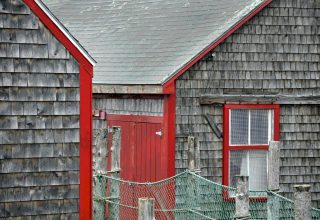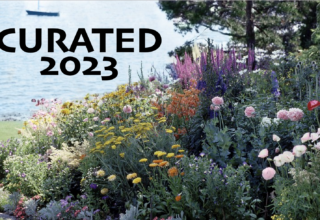
If you want your eighth point to go up on the list of seven, something has got to give.
- Figure out which of the seven items already on the list can be dropped to make room for your new idea.
- See whether the new idea is actually a subset of one on the list.
- See whether the new idea is actually a superset that “umbrellas over” one (or more) of the ideas already on your list.
- See whether the new idea helps to precipitate the combination of one or more of the existing listed items.
- See whether the new idea actually completes one of the ideas on your list.
This is where you do your “heavy lifting” thinking but, because you have the requirement and at the same time the limit of seven significant supporting statements, the likelihood (and the experience) is that you will make exactly that happen; a clear example of substance flowing from the right form.
From Facts to Insights
Once you settle on your seven statements, you’re ready to narrow the funnel from facts to insights; from seven to three (again neither more than nor fewer than three because it’s time to create a space for the Big Idea at the end of the thinking rainbow).
In a perfect world, the three sides of the triangle should be expressed in the form of propositions that shape the One Big Idea. Here’s an example:
My daughter, who teaches high school biology, once asked me to come into her classroom at midterm and apply Fast Track Thinking to helping her students understand what Biology is and what they had learned in the first part of their term so that they could get more out of the remaining half of that term. This is where the idea of “metacognition” (knowing how you know what you know) comes into play.
What follows is what we came up with, working with 45 Freshman brains in three classes.
The simple question posed was “what is Biology?” After working through the significant statements, we honed in on what would ultimately make up the three propositions that serve to answer that question:
- How living things work – how they do what they do
- How living things change – what happens to them over time
- How living things are built – literally how they are constructed




















